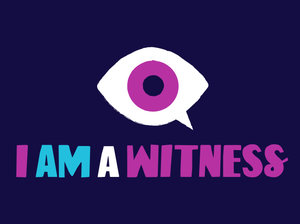
Fans of the movie Mean Girls will vividly recall the scenes when Regina George’s friends banish her from the lunch table for wearing sweatpants and when she distributes the hurtful pages of the “Burn Book” through the halls of the school. Other movies such as Heathers, Carrie, and Dazed and Confused portray how kids at school can be cruel. However, there are some new measures being taken to curb bullying, both in person and online. A new app aimed to help bullied students find a friendly place to sit in the cafeteria has launched just in time for National Bullying Prevention Month. And there is also a new emoji you can use when you witness bullying online.
It is estimated that over 3 million, or 30%, of middle and high school students experience bullying each year. Not surprisingly, Nansel and colleagues find that poor relationships with classmates and loneliness are associated with being bullied. Research from Miller shows that much of what teen girls call “drama” is actually bullying, although they tend to understand it as a regular part of life rather than bullying. Girls’ bullying behavior is more likely to involve spreading sexual rumors, slut-shaming, and dishing out homophobic labels and is less likely to involve physical violence.
- Tonja R. Nansel, Mary Overpeck, Ramani S. Pilla, W. June Ruan, Bruce Simons-Morton, and Peter Scheidt. 2001. “Bullying Behaviors Among US Youth: Prevalence and Association With Psychosocial Adjustment.” JAMA : The Journal of the American Medical Association, 285(16), 2094–2100.
- Robert Faris and Diane Felmlee. 2014. “Casualties of Social Combat School Networks of Peer Victimization and Their Consequences.” American Sociological Review 79(2): 228-257.
- Sarah Miller. 2016. “How You Bully a Girl: Sexual Drama and the Negotiation of Gendered Sexuality in High School.” Gender & Society 30(5): 721-744.
Who gets bullied is tied closely to status in the social hierarchy, but not in a way most people expect. Faris and Felmlee find that youth with higher statuses and more network ties, the popular kids, are more likely to face bullying; that is, until they reach the very top of the social pyramid where they find a sort of immunity to bullying. Rather than the popular mean girl picking on the nerd, bullying is more likely to happen within friend groups, particularly online. Attacks online may happen more frequently between friends or former friends because of competition around romantic partners.
- Diana Felmlee and Robert Faris. 2016. “Toxic Ties: Networks of Friendship, Dating, and Cyber Victimization.” Social Psychology Quarterly 79(3): 243-262.

Comments